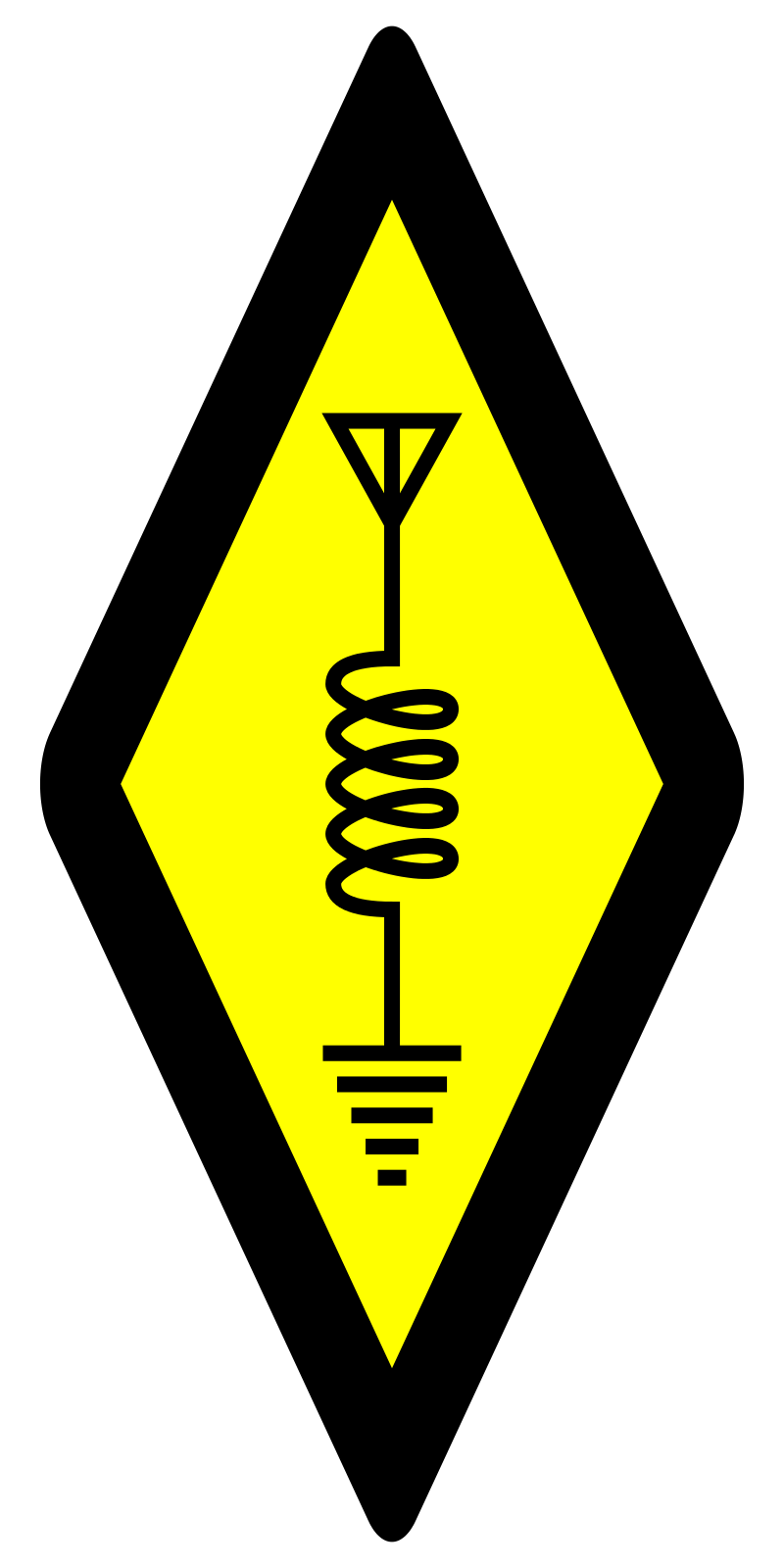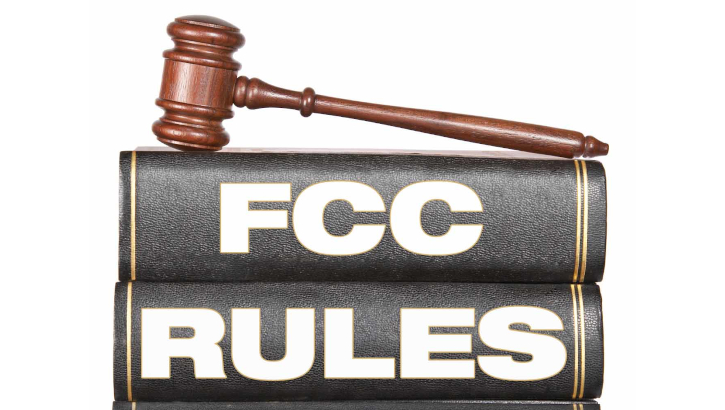- cross-posted to:
- digitalmodes
- cross-posted to:
- digitalmodes
Bands with a 300 baud rate limitation eliminated by this order are the 160 meter band; 80 meter band; 40 meter band segments 7.000–7.100 MHz and 7.100–7.125 MHz; 30 meter band; 20 meter band segment 14.00–14.15 MHz; 17 meter band segment 18.068–18.110 MHz; 15 meter band segment 21.0–21.2 MHz; and 12 meter band segment 24.89–24.93 MHz. The 10 meter band segment 28.0–28.3 MHz has a 1200 baud rate limitation, which is also lifted.
“Instead, the commission establishes a 2.8 kHz bandwidth limitation in the applicable amateur radio bands,” it said.



True, but this isn’t really about baud vs bitrate. Bandwidth in this case means frequency spectrum.
The previous law limited baud rate in order to try and limit the spectrum used by a signal. The problem is that assumed a direct relationship between those two things, which isn’t the case as newer more efficient encodings are invented.
The new law directly addresses the spectrum usage allowing bitrate to increase as technology allows. A very good thing for the experimental side of HAM.
That’s basically what I mean. The assumption that baud = bandwidth meant that hams could be penalized for using more efficient digital modes, having a deleterious effect on experimentation with digital modes in bands that were thus restricted. It makes far more sense to limit bandwidth than symbol rate. Who cares how fast your messages are as long as they don’t cause interference?
Totally.
Yeah I wasn’t sure if you misunderstood or not from your post, but figured my response might help other readers.
More efficient digital modes never used high baud rates, though. Often they used surprisingly low baud rates.
As an example, 4GLTE has a maximum baud rate of 15ksym/s
The experimental side of ham radio was never affected, as modern digital modes use low-symbol-rate multicarrier modulation, never high symbol rate bilevel codes, due to multipath effects on short symbols.
This limits total data rate in a way the baud limit never did.